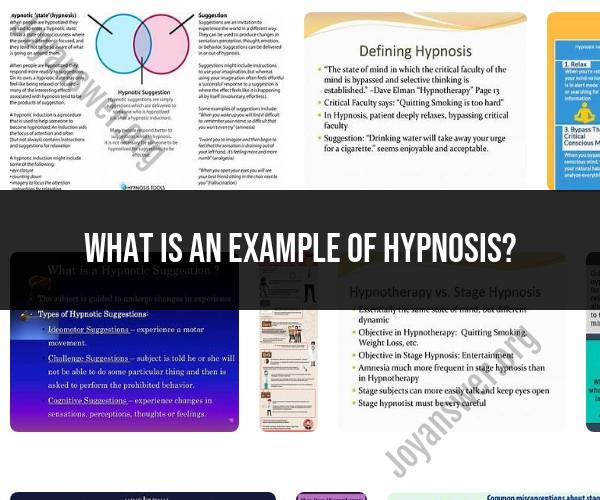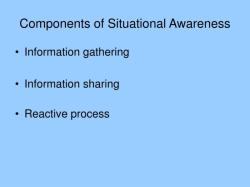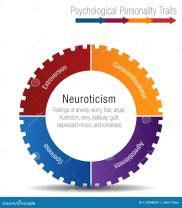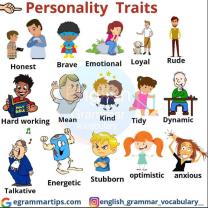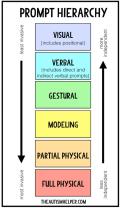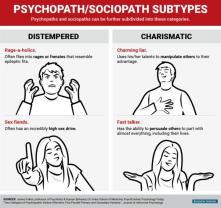What is an example of hypnosis?
Hypnosis is a state of focused attention, heightened suggestibility, and deep relaxation. During hypnosis, a trained therapist or hypnotist uses techniques to guide a person into this altered state of consciousness. Here's an example of what a hypnosis session might involve:
Scenario: Overcoming a Fear of Flying
Imagine someone who has a fear of flying and seeks hypnotherapy to help overcome this fear. Here's how a hypnotherapy session for this specific issue might proceed:
Preparation:
- The hypnotherapist would begin by explaining the process of hypnosis and what the person can expect during the session.
- The person seeking hypnotherapy would be seated comfortably in a quiet and relaxing environment.
Induction:
- The hypnotherapist would use relaxation techniques to help the person achieve a state of deep relaxation. This could involve guided imagery, deep breathing exercises, or progressive muscle relaxation.
- As the person becomes more relaxed, their focus and suggestibility increase.
Deepening:
- The hypnotherapist may use soothing and calming language to deepen the state of hypnosis. This can involve suggestions for feeling even more relaxed, peaceful, and safe.
Addressing the Fear:
- With the person in a highly receptive state, the hypnotherapist would then address the fear of flying directly.
- They might use therapeutic suggestions and imagery to help the person reframe their thoughts and emotions about flying. For example, the therapist might suggest that flying is safe and comfortable, that the person feels confident and relaxed while flying, or that they have positive and enjoyable experiences during flights.
Positive Reinforcement:
- Positive affirmations and suggestions related to flying without fear would be repeated to reinforce the desired changes in the person's subconscious mind.
Exiting Hypnosis:
- The hypnotherapist would gradually guide the person out of the hypnotic state, bringing them back to full wakefulness.
- The person might feel relaxed and refreshed after the session.
It's important to note that hypnosis is not a form of mind control or a magic cure for all issues. Its effectiveness can vary from person to person, and it is generally most effective for issues that have a psychological or emotional component, like overcoming fears, reducing stress, or improving self-confidence. Hypnosis should always be conducted by a trained and qualified professional.
This example illustrates how hypnosis can be used as a therapeutic tool to help individuals address specific concerns or make positive changes in their lives by accessing and influencing the subconscious mind.
Hypnosis Example: A Journey into Altered States of Consciousness
Here is a simple hypnosis example that you can try at home:
- Find a quiet place where you will not be disturbed.
- Sit or lie down in a comfortable position.
- Close your eyes and take a few deep breaths.
- Imagine that you are walking down a long, winding staircase.
- As you walk down the staircase, you feel yourself becoming more and more relaxed.
- At the bottom of the staircase, you find yourself in a beautiful, peaceful place.
- Take some time to explore this place and enjoy the feeling of relaxation.
- When you are ready to return, imagine that you are walking back up the staircase.
- As you walk up the staircase, you feel yourself becoming more and more alert.
- When you reach the top of the staircase, open your eyes and take a few deep breaths.
This is just a simple example, and there are many different ways to experience hypnosis. Some people may feel very relaxed and dreamy, while others may feel more alert and focused. There is no right or wrong way to experience hypnosis.
Hypnosis in Practice: Real-Life Examples and Applications
Hypnosis is used in a variety of settings, including:
- Therapy: Hypnosis can be used to help people with a variety of problems, such as anxiety, depression, pain management, and weight loss.
- Performance enhancement: Hypnosis can be used to help athletes and performers improve their focus, concentration, and motivation.
- Self-hypnosis: Hypnosis can be used for self-improvement, such as setting goals, changing habits, and improving sleep quality.
Here are some real-life examples of how hypnosis is used in practice:
- A therapist might use hypnosis to help a client with anxiety to relax and manage their symptoms.
- A sports psychologist might use hypnosis to help an athlete improve their focus and concentration before a competition.
- A person might use self-hypnosis to help them fall asleep more easily.
Hypnotic Experiences: Illustrations of Hypnotic Phenomena
When people are hypnotized, they can experience a variety of phenomena, such as:
- Increased suggestibility: People under hypnosis are more likely to follow suggestions from the hypnotist.
- Dissociation: People under hypnosis can experience a sense of dissociation from their bodies or surroundings.
- Altered perception: People under hypnosis may experience changes in their perception of time, space, and reality.
- Hypermnesia: People under hypnosis may be able to recall memories that they would not normally be able to remember.
It is important to note that hypnosis is not a form of mind control. People under hypnosis are still aware of what is happening and they can still choose to resist suggestions from the hypnotist.
Conclusion
Hypnosis is a complex and fascinating phenomenon. It has been used for centuries for a variety of purposes. If you are curious about hypnosis, there are many resources available to help you learn more.
